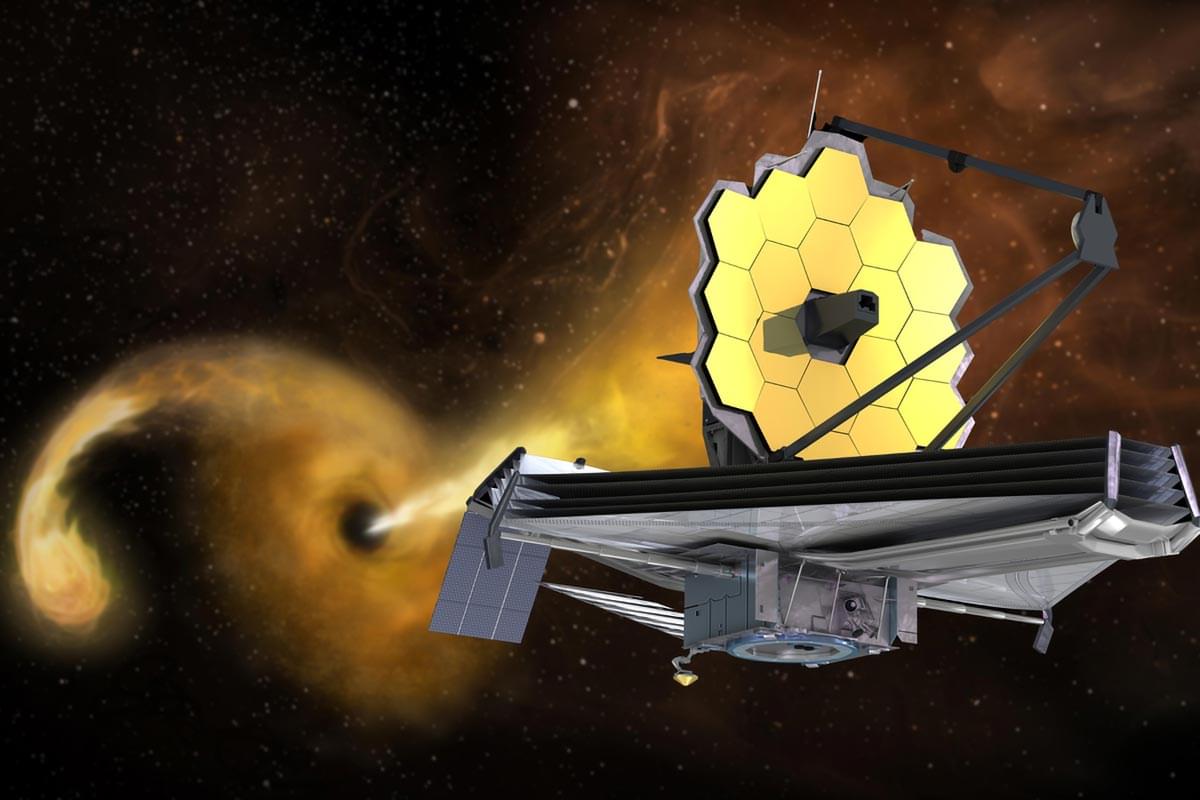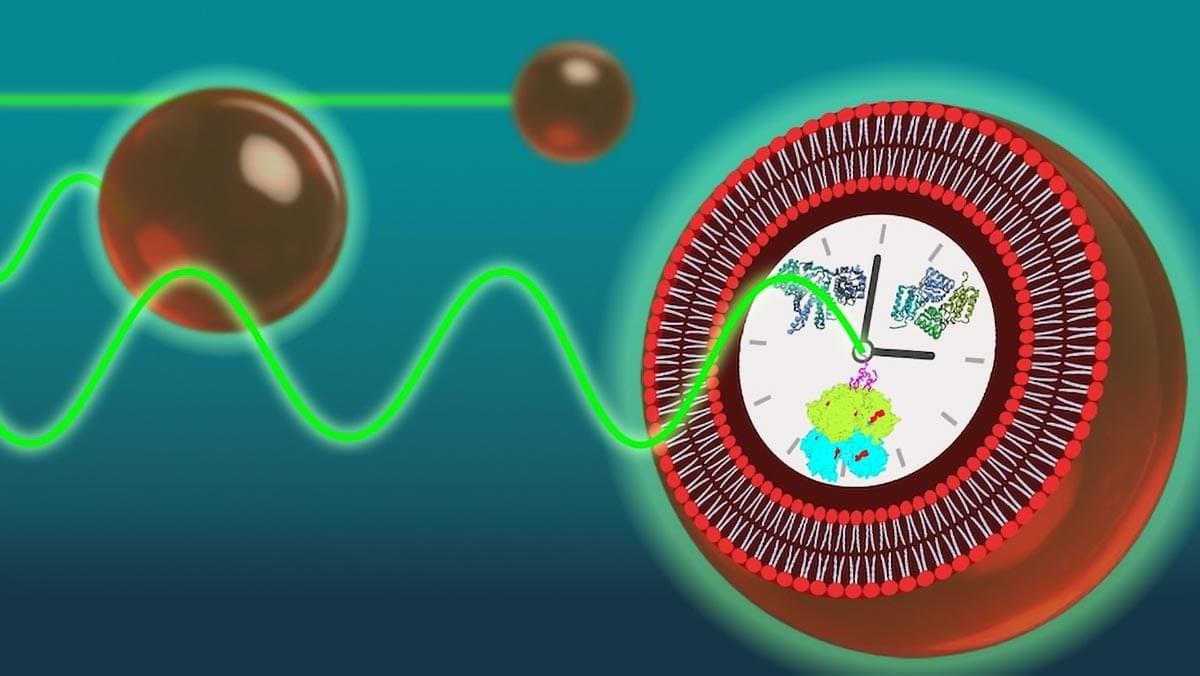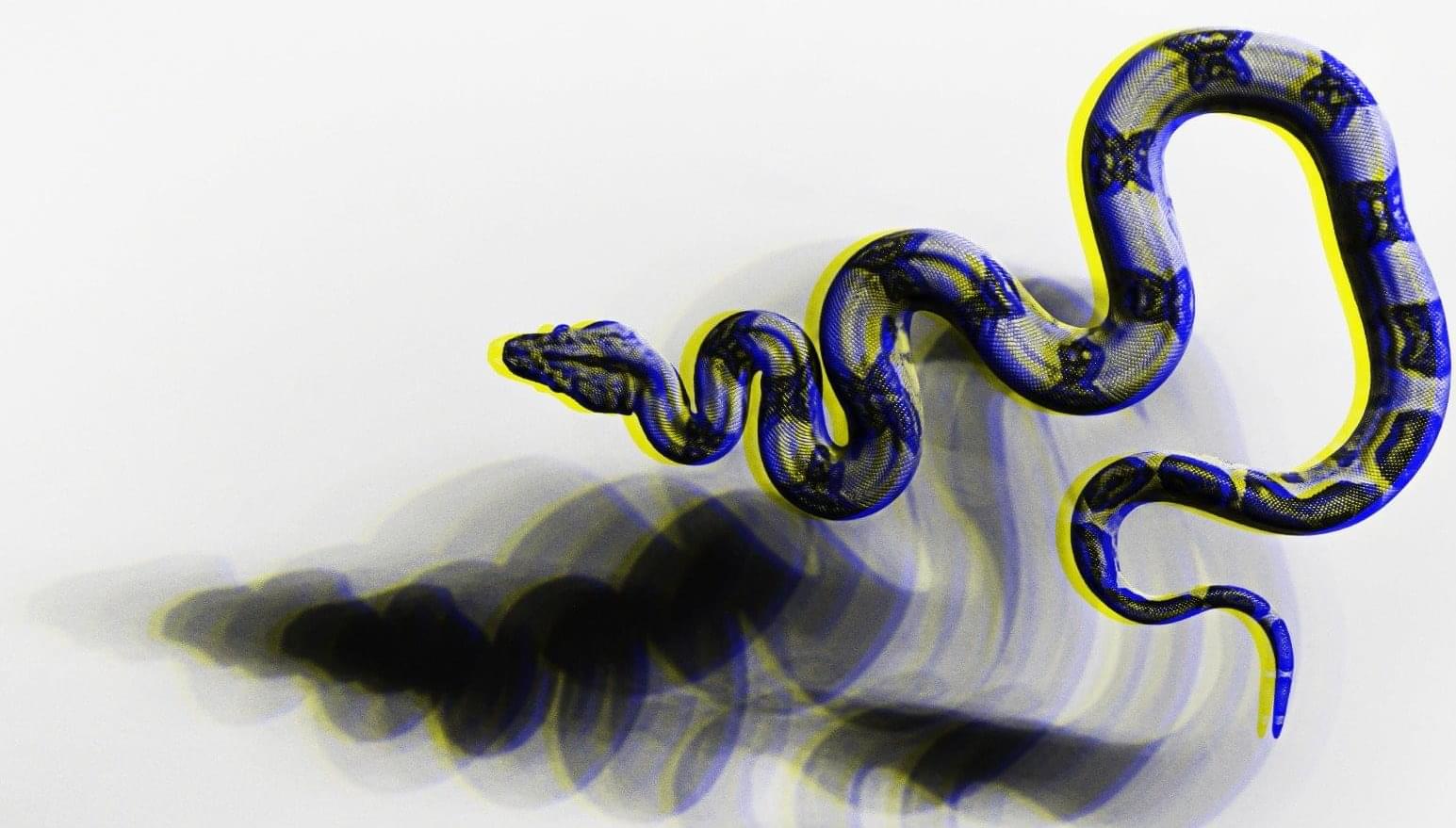A third variation of these attacks impersonates Teams in emails, claiming that they have unread messages and that they can click on the “Reply in Teams” button embedded in the messages to redirect them to credential harvesting pages.
“By cloaking malicious destinations with legitimate urldefense[.]proofpoint[.]com and url[.]emailprotection URLs, these phishing campaigns’ abuse of trusted link wrapping services significantly increases the likelihood of a successful attack,” Cloudflare said.
When contacted by The Hacker News for comment, Proofpoint said it’s aware of threat actors abusing URL redirects and URL protection in ongoing phishing campaigns, and that it’s a technique the company has observed from multiple security service providers who provide similar email protection or URL rewrite solutions, such as Cisco and Sophos.









